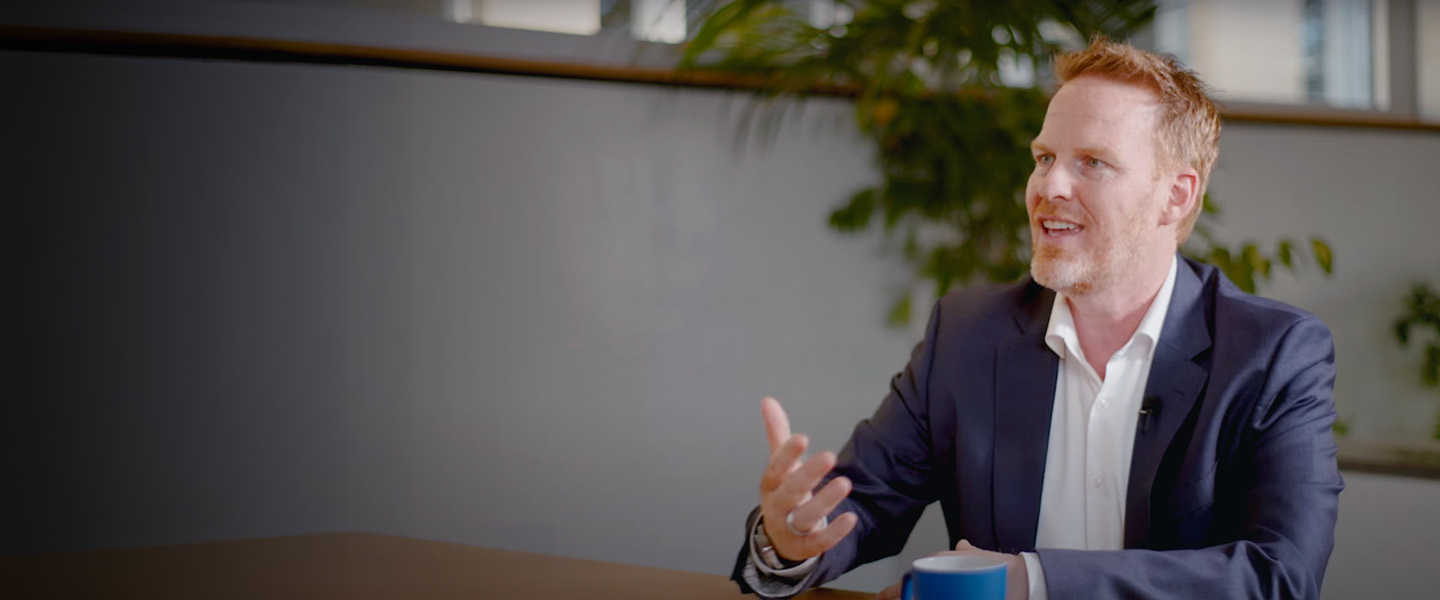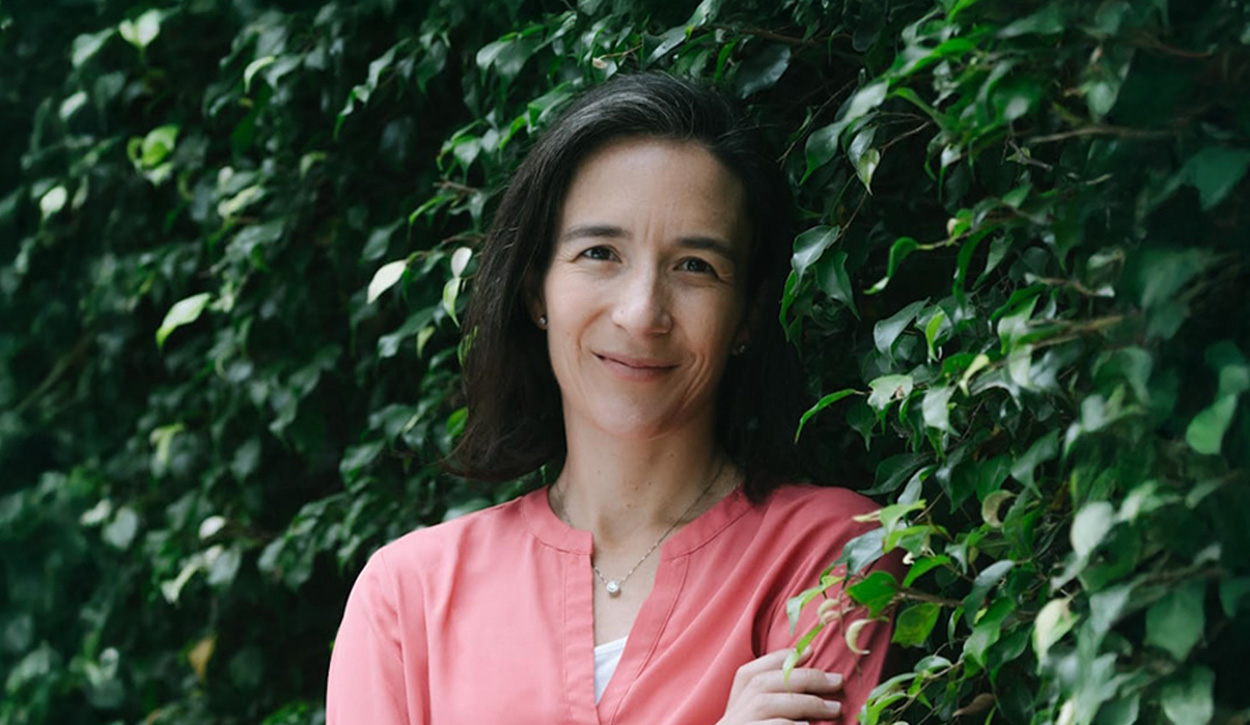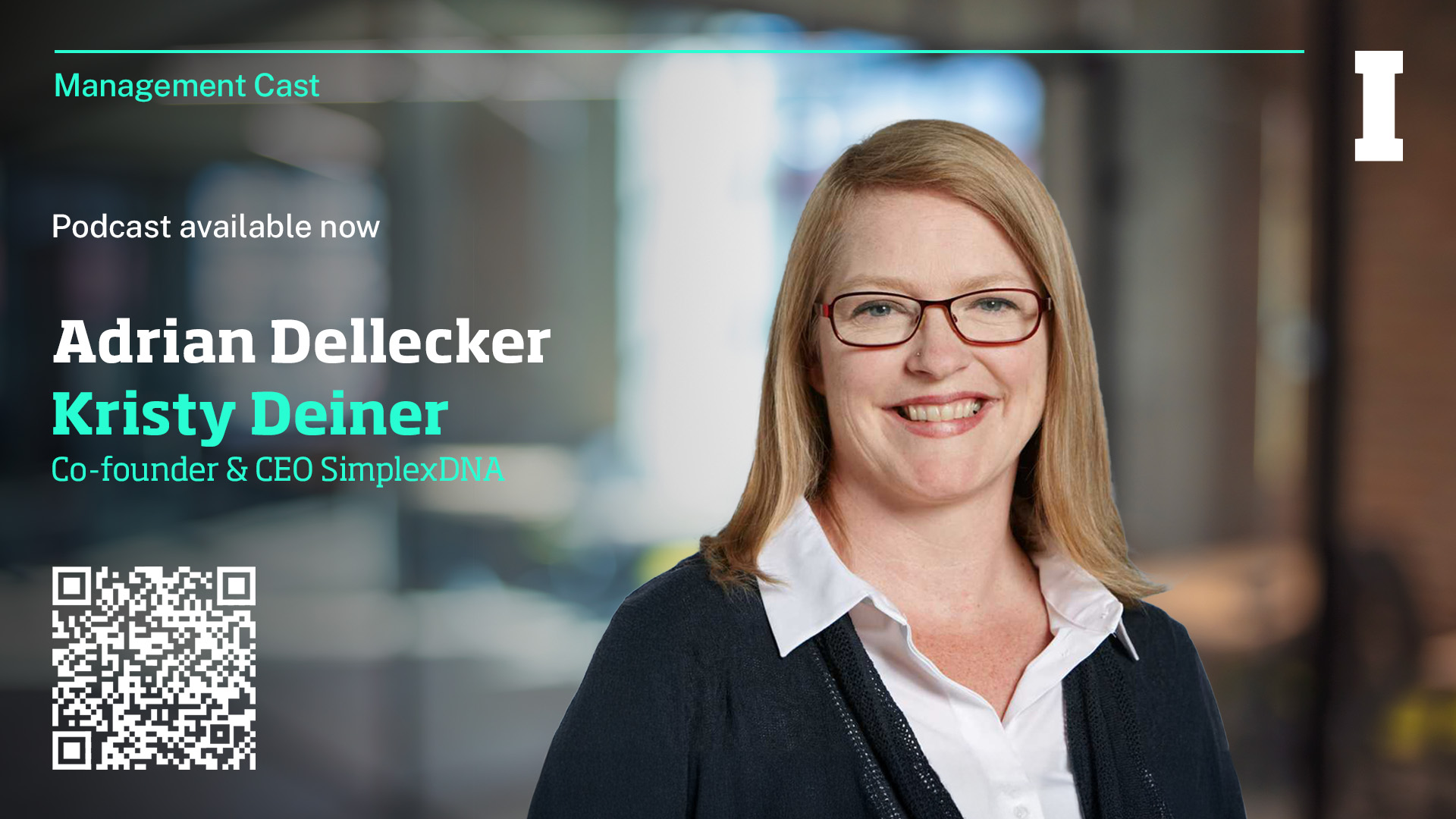
Engaging sustainability stakeholders
Sustainable organizations are those that positively impact all stakeholder groups. Richard Freeman formalized the notion of stakeholders in 1984 in an attempt to extend the bounds of responsibility that firms had to society, defining stakeholders as “any group or individual who can affect or is affected by the achievement of the firm’s objectives”. Through this framework, Freeman was able to propose a better perspective of firms and their relationships with various stakeholders.
However, it is not always obvious how organizations can impact all stakeholders positively or how they can maximize this impact. In fact, it is not uncommon for organizations to antagonize certain stakeholder groups while completely ignoring others. Organizations can become sustainable only by engaging with their stakeholders to understand and respond to their needs.
Stakeholder distinctions
Perhaps the most significant barrier that hinders stakeholder engagement is the varying degrees of importance that organizations pay to different stakeholder groups. One of the most notable distinctions is that of a primary stakeholder versus a secondary stakeholder. Namely, primary stakeholders are those who are directly tied to an organization through financial transactions. These include shareholders, managers, employees, customers, and suppliers. Secondary stakeholders, on the other hand, include those who are indirectly impacted by an organization or who indirectly impact an organization. These include the environment, society at large, and the communities connected to primary stakeholders. The current prioritization of stakeholder groups is further tiered than the traditional two-group characterization implies. As depicted in Figure 1, most organizations prioritize primary stakeholders over secondary stakeholders, but they make further distinctions within each category.
A firm’s first charge to engage stakeholders is to abolish the mental framework depicted in Figure 1 and instead, to prioritize all stakeholders equally. Moreover, there should not be a distinction between primary stakeholders and secondary stakeholders, or between stakeholders within each grouping. Despite not sharing direct financial ties, secondary stakeholders have the same stake in an organization, as do primary stakeholders. By making all stakeholders equitable, a firm’s financial objectives will not be achieved at the expense of a firm’s social and environmental objectives.
Rana Plaza disaster
The first step to equally prioritizing all stakeholder groups is for firms to identify who their stakeholders are. On April 24, 2013, an eight-story commercial building, Rana Plaza, collapsed in Dhaka, Bangladesh, killing 1,129 people. It was the deadliest accident in the history of the garment sector. The building, which had been purpose-built for shops and offices, was not designed for the rigors of the many factories it housed. A news story featured the day before the accident revealed cracks in the building, causing a building-wide evacuation. However, employees were informed that the building was safe and that it was all right to return the following day. Some employees were even threatened with the loss of a month’s pay if they did not come to work. On the day of the collapse, there was a power outage. Diesel generators that were started on the top floor to provide electricity are cited as the probable source of the collapse.
The garment factories in Rana Plaza produced apparel for many famous brands including Walmart, Mango, United Colors of Benetton, Bonmarché, The Children’s Place, Joe Fresh, Matalan, El Corte Inglés, Monsoon Accessorize, and Primark. Most, if not all, had never heard of Rana Plaza until April 24, 2013. The larger the organization, the more difficult it is to identify every stakeholder. But it is imperative that this is done.
Engaging stakeholders
After identifying stakeholder groups, the second important task is to give them a voice. Bureaucratic structures often hinder stakeholder dialogues, as many levels are created between producers and the companies who sell their products. While corporate social responsibility (CSR) reports are aimed at tracking key performance indicators (KPIs), they are a one-way street. If the apparel brands had known about Rana Plaza, would they have been able to engage with producers? This is therefore a second challenge that needs to be address, as a meaningful dialogue implies a two-way system of communication. Firms should therefore strive to understand who their stakeholders are but then engage with them to understand their precise needs.
Figure 1 Traditional Characterization of Stakeholder Groups

Francisco Szekely is Sandoz Family Professor of leadership and sustainability and Director of the IMD Global Center for Sustainability Leadership (CSL). He directs Sustainability Leadership in Action (SLA), a talent development initiative targeted at leaders committed to discovering new ways to increase their performance and deliver exceptional results.
Zahir Dossa is a postdoctoral fellow at the CSL. He earned a Ph.D. from MIT in Sustainable Development and is the co-founder and president of Function of Beauty.
Research Information & Knowledge Hub for additional information on IMD publications
The rapid expansion of generative artificial intelligence (GenAI) has delivered significant business advantages, like enhancing automation, efficiency, and decision-making capabilities across industries. However, these innovations come with enviro...
Research Information & Knowledge Hub for additional information on IMD publications
Research Information & Knowledge Hub for additional information on IMD publications
Research Information & Knowledge Hub for additional information on IMD publications
in I by IMD
Research Information & Knowledge Hub for additional information on IMD publications
in I by IMD
Research Information & Knowledge Hub for additional information on IMD publications
Research Information & Knowledge Hub for additional information on IMD publications
Research Information & Knowledge Hub for additional information on IMD publications
in I by IMD
Research Information & Knowledge Hub for additional information on IMD publications
in I by IMD
Research Information & Knowledge Hub for additional information on IMD publications
in I by IMD
Research Information & Knowledge Hub for additional information on IMD publications










